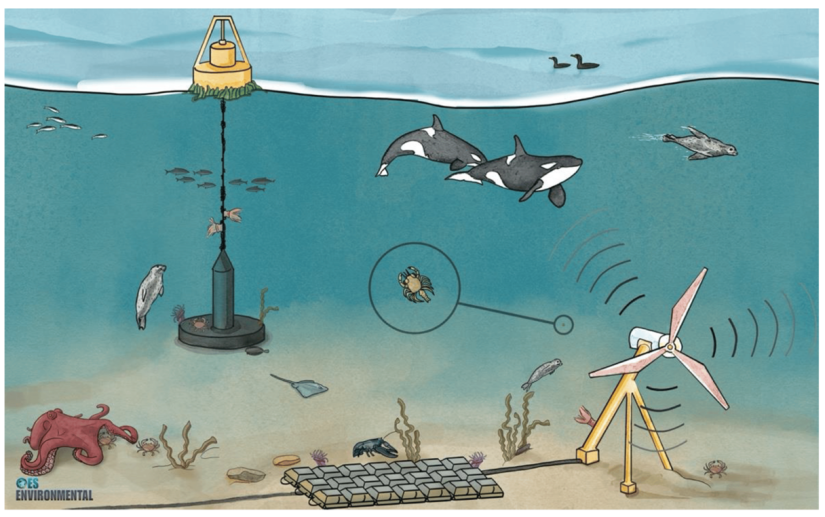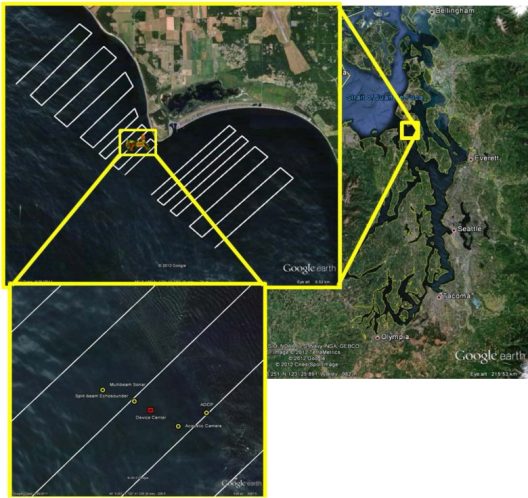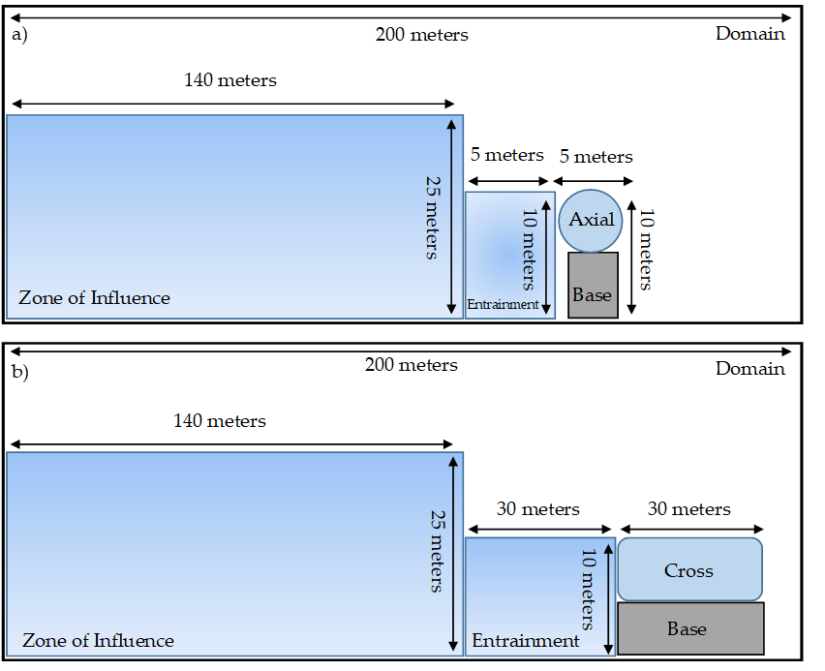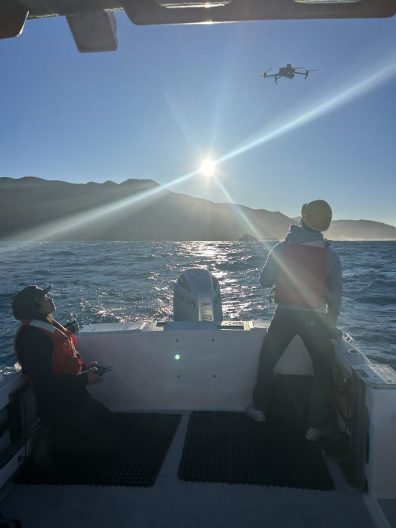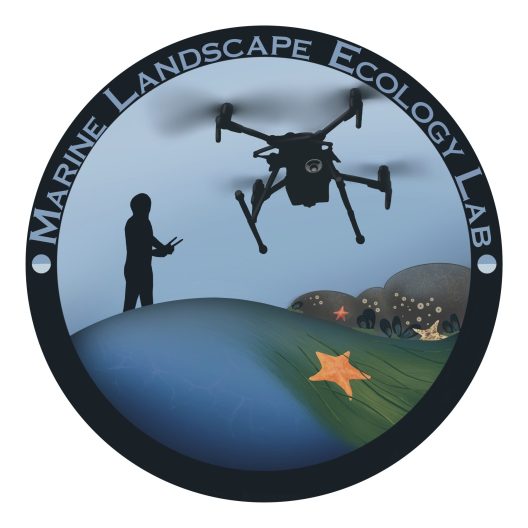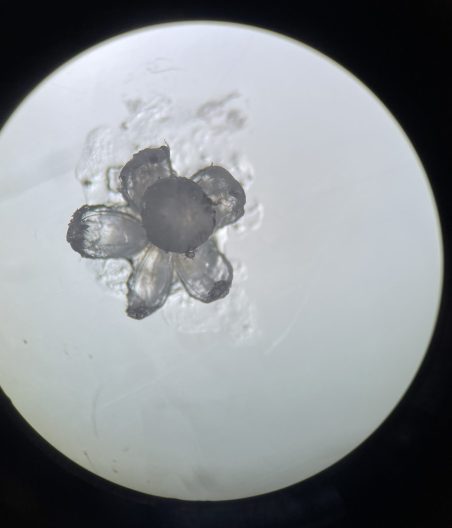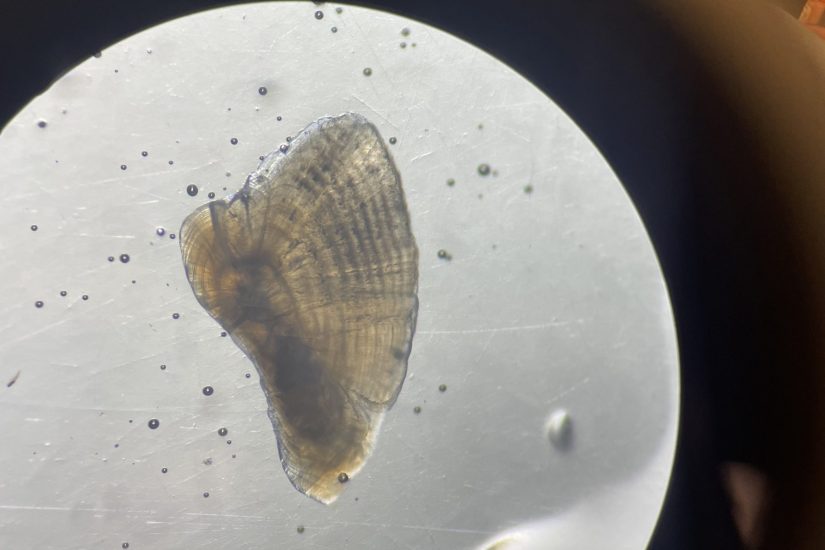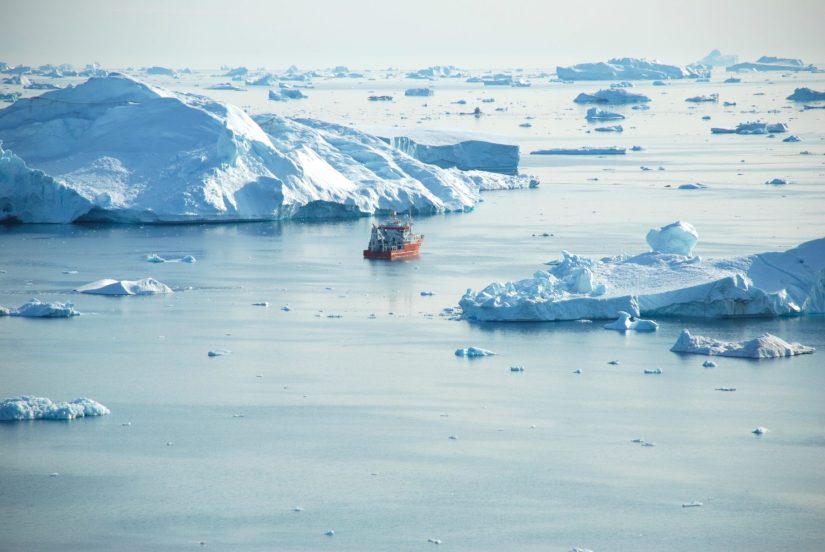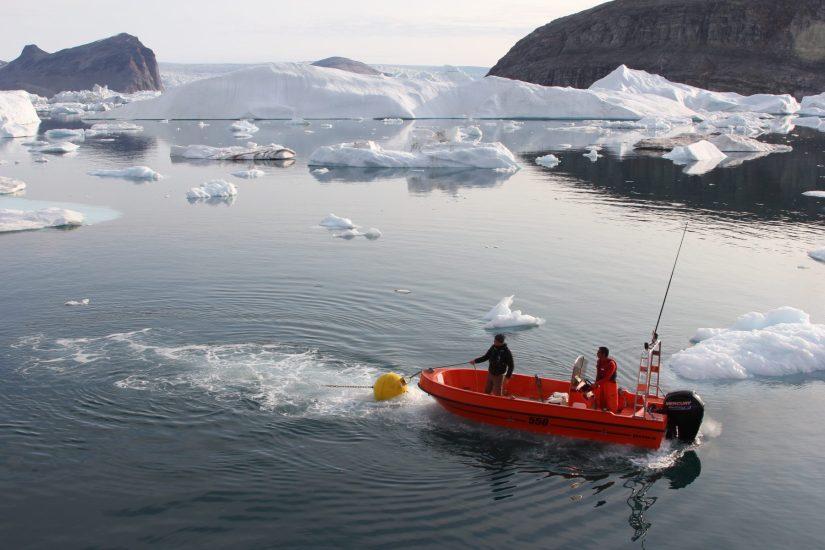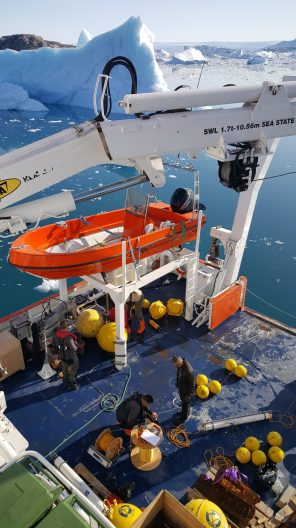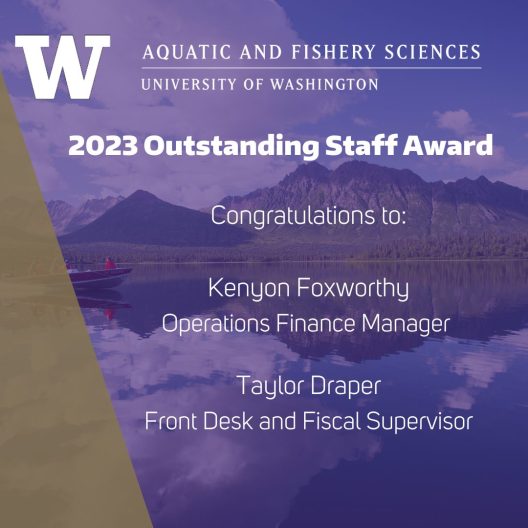Diving into the world of marine renewable energy, Jezella Peraza, a masters student at SAFS, has recently published a paper looking into the probabilities of fish-turbine encounters and impact.
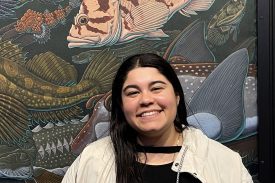
Whereas the renewable energy sector utilizing solar and wind energy is booming in the United States, the uptake of tidal energy is off to a slower start. Tidal turbines, placed on the sea floor, generate energy when water moves through a constricted area.
“We want to understand the environmental impacts tidal energy might have on marine ecosystems and organisms before utilizing this energy source. The US won’t allow the permitting and consenting process to occur before having data on potential encounters and interactions between tidal turbines and underwater life,” Jezella shared. This approach is flipped in Europe, who have taken the approach of monitoring impacts on the ecosystem while marine renewable energy projects are underway.
Using empirical statistical and simulation models, Jezella set out to estimate interactions between fish, specifically Pacific herring, and tidal turbine devices. She also took this a step further to address knowledge gaps when quantifying risks, by also exploring fish behavior before they encounter the turbine directly. In her literature review, she noted fish actively avoid a tidal turbine around 140m away, where they notice something unusual in the distance and then change their trajectory to avoid it. “This so-called zone of influence, which is within 140m of the turbine, is important to explore because it gives us insight into general fish avoidance behavior,” Jezella said.

By analyzing existing literature and models, Jezella investigated what was missing and drafted a comprehensive model with her advisor, John Horne, that contains everything they think is important to include when estimating fish-turbine interaction probabilities. To fit their model, named the Probabilistic Encounter-Impact Model, they used fish density survey data from Admiralty Inlet, Washington, which is a proposed tidal energy project site, plus literature parameter values. This has allowed them to ascertain probabilities for each component of the model:
- What is the probability of fish being in the zone of influence? This is when fish are 140m away from the turbine.
- What is the probability of fish encountering the turbine? This would involve being within 10s of meters of the turbine.
- What is the probability of impact? This involves collision with stationary turbine structures or an interaction with turbine blades.
What did Jezella find out using her model? One of the key insights was that avoidance behavior has a big influence on probabilities of impact, and this is the kind of information that regulators and managers are interested in when considering future permitting of tidal turbines. Specifically, she found that when avoidance was not applied to her model, impact probabilities were two to three orders of magnitude greater than when avoidance is incorporated. Information on avoidance behavior is hard to come by however. “There is limited data on this, so researchers in the past have used controlled experiments in the field or in the lab, where they observe what fish do around tidal devices. And in most cases, fish will avoid it,” Jezella said. “However, this isn’t truly a real-life situation as it’s still an experiment,” she added. Other studies have used cameras to observe fish avoidance and have noted that they go through the blades, or up and over the turbine. But what happens in a scenario where flow speed is really high, and they get sucked in?
The second chapter of Jezella’s thesis project will take her work forward and consist of an agent-based model, where the model acts as a flexible simulation tool that takes into account types of behaviors and environmental factors, such as tidal flow. This would provide a real-time look into fish swimming in the area of the tidal turbine and see what they do: do they take action to avoid the device, or do they interact with it? It is also designed to be applicable for other underwater life such as marine mammals. Another area of flexibility in the model is in the type of tidal turbine investigated. Tidal turbines range from cross-flow and axial flow, and come in a variety of sizes stretching from 5m in width to 30m in width.

When making her decision to apply for a masters program, Jezella wanted to build on the quantitative skills she developed during her Statistics Minor as an undergrad, and also to work on a unique project where she could make an impact. Her thesis project on the probabilities of fish encounters with tidal turbines ticked all the right boxes: “Working on a project related to climate change and possible mitigation is something worthwhile to me. Taking the measures to protect fish and marine mammals if marine renewable energy does take off in the US in the future is really exciting, as it’s currently an untapped resource with a lot of sustainability potential.”
Jezella has presented her research at a number of conferences in the past year, including an oral presentation at the European Wave and Tidal Energy Conference (EWTEC) in Bilbao, Spain, the University Marine Energy Research Community conference in Durham, New Hampshire, and SACNAS in Portland, Oregon.
- Jezella presenting her poster at SACNAS 2023.
- Jezella giving a presentation at EWTEC.
